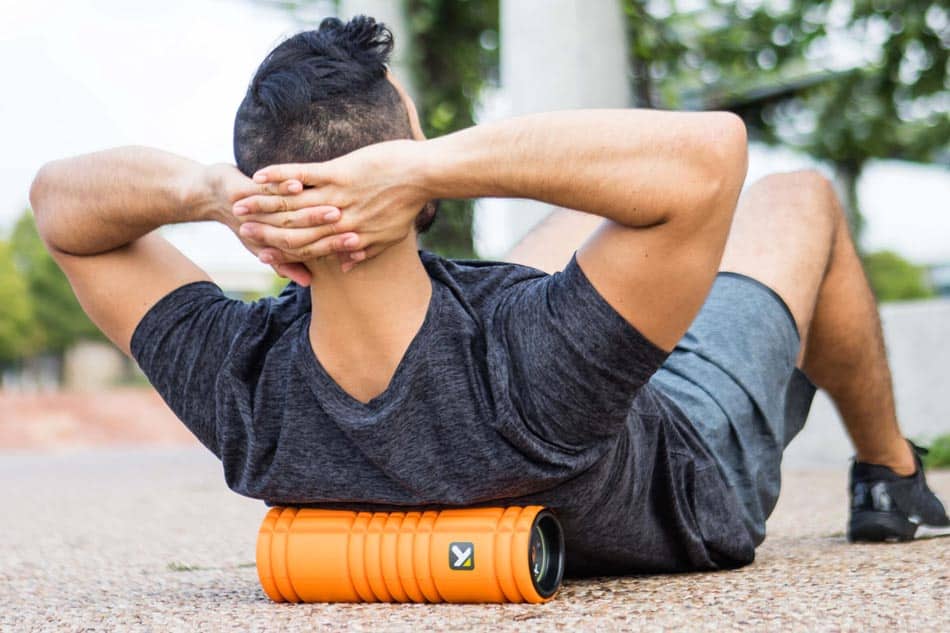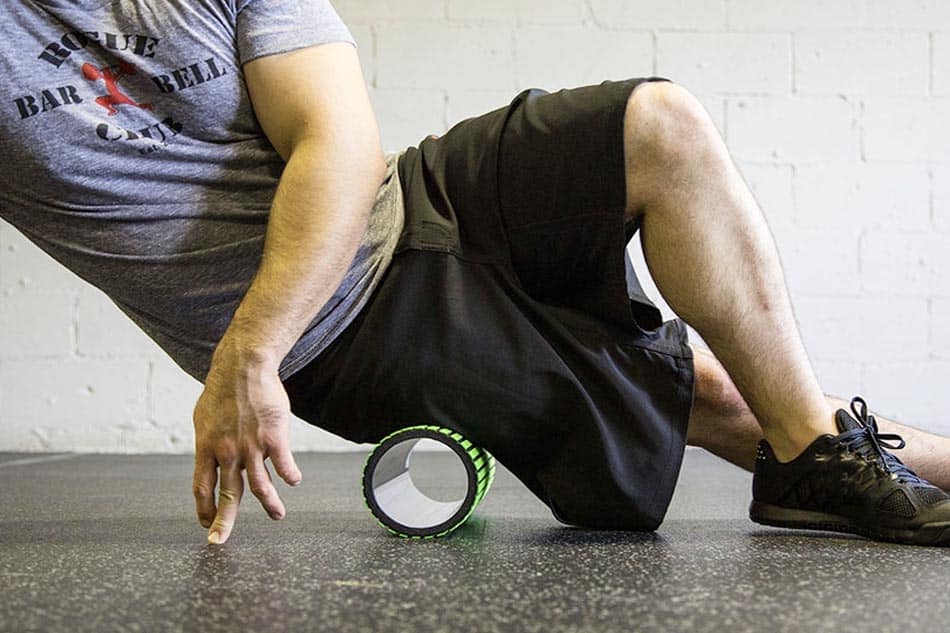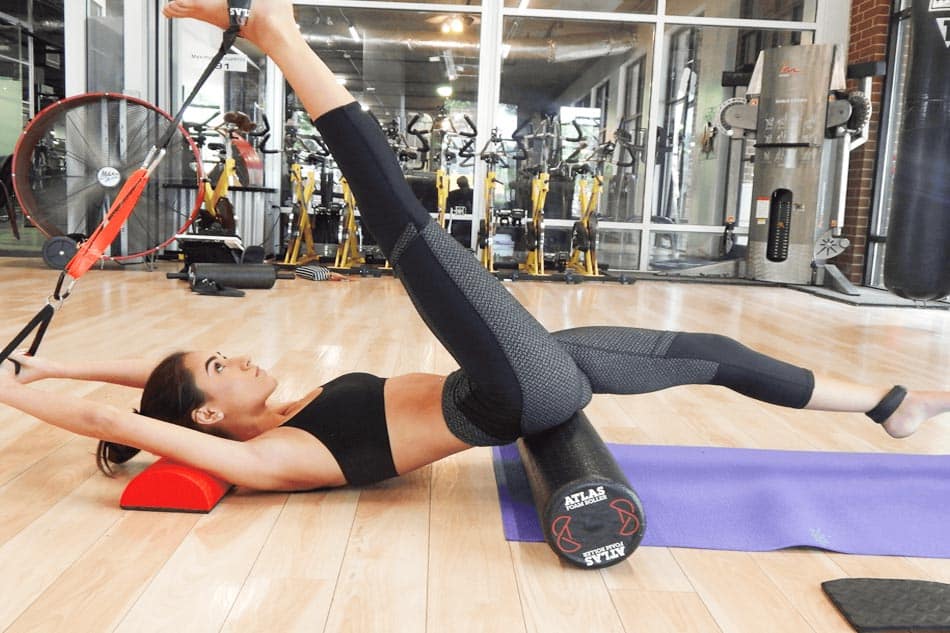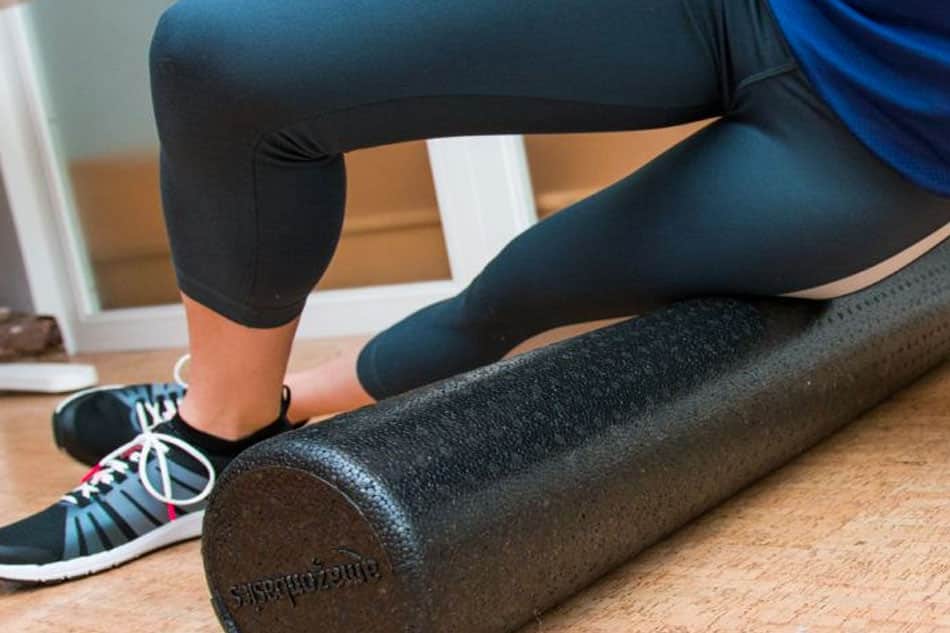Foam rollers are everywhere.
They’ve recently blown up after years of being used only by professional athletes. Now, they’re commonplace amongst those seeking to keep in shape.
Rolling around on a tube… who would have thought?
Compared to other forms of body maintenance, they’re relatively cheap and pretty easy to use, even for a newbie. Plus, compared to vibration machines and other home gym equipment, they’re lightweight and rather small, which makes it easy to move them from place to place.
Many people have opted to first go to physicians, physiotherapists, and massage therapists, though they can be very expensive.
Foam rollers, on the other hand, cost as little as $15, and at most, if you opt for the latest and best vibrating foam rollers, around $100.

Many people will even use them as personal massage therapists – offering a comparable massage to deep-tissue therapy.
Self-treatment is an ongoing trend in the modern era, as our lives become busier and busier. It can be a hassle to have to go to a professional for weekly maintenance. One main benefit of the foam roller is that it is a handy companion that can help in the comfort of your own home (whether you’re in your pyjamas, or are ready to go out).
Still, the question remains…
Can they really help you out in your fitness game? Can they actually relieve muscle pain? Do they get the job done, and is there any risk?

So Do Foam Rollers Work?
According to various studies, foam rollers really do work. Alongside another recent study in the Journal of Sports Rehabilitation, researchers discovered that foam rolling increases hip range of motion more than simply stretching.
It also was noted that foam rolling can decrease muscle viscosity. This makes the muscle more flexible as it becomes less and less resistant to an opposing motion.
In a Canadian study, they found that foam rolling for only 90 seconds had three main benefits:
- Decreases muscle soreness
- Increased height in the vertical leap
- Increased flexibility
Foam rolling can be described as SMR – also known as “self-myofascial release.” Fascia is a connective tissue binding and stabilizing muscles together. When fascia is massaged, there are various benefits:
- Increases muscle range of motion
- Increases blood circulation
- Decreases muscle tightness and knots
- Improves muscle tissue

A Canadian professor of human kinetics at the University of Newfoundland, David Behm, was one of the leading researchers in the Canadian study on foam rolling. He found that people who would practice foam rolling on one leg (say, their left leg), eliminated the pain in their right.
He said that they didn’t even have to touch the other leg with the foam roller. By working on one side, it positively affected the other automatically.
This magic (as it appears to be) happens because foam rolling can interact with the central nervous system (which is where pain and pleasure are activated). The nervous system is also responsible for regulating automatic processes in your circulatory system (like how strong your blood flow is and your heart rate).
A Japanese study also concluded that foam rolling benefitted the circulatory system in several ways. Their research found that (even without exercise), daily foam rolling increased vascular function and accelerated the flexibility of arteries.
So foam rolling is not only able to make your muscles more flexible – it makes your arteries flexible as well.
Tiffany Field, a researcher from the University of Miami found that simple foam rolling lowered pain and muscle soreness. She discovered that when certain pressure points underneath the skin are targeted with foam rolling, the stimulation on receptors activates a part of the brain that relaxes the nervous system.
Stress hormones are decreased, and pain tolerance is increased by activating these pressure points through foam rolling.
Not only are muscles being loosened up, but when you’re actively engaging in foam rolling, you’re eliminating stress from the day.

What do you need to know to get started?
First off, you don’t need a very expensive foam roller. You can get away with a $15-$25 foam roller.
Second, make sure you don’t go for the biggest, bulkiest, hardest foam roller. Foam rollers vary is hardness. You should start with a softer foam roller, and gradually build up to a tougher one. You may end up hurting yourself if you get one that’s too tough at the start.
Thirdly, get a personal trainer’s advice when using the foam roller.
Getting just a few tips from a professional is the safest (and most helpful) when adding a new fitness routine into your mix. They can help you with the basics of form, common rolling techniques, and precautions when using your foam roller.
Read more:
Whole Body Rock Solid Vibration Machine Review In 2021